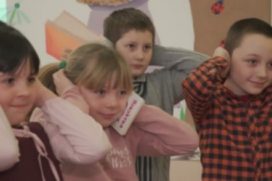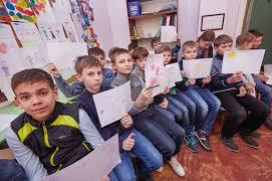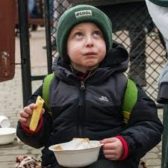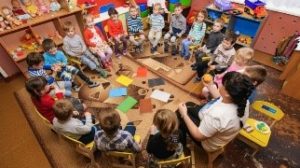Europe is facing the worst humanitarian catastrophe since the second world war. Millions of Ukrainian children who, with their families, have been severely traumatised by displacement, separation, loss and war are seeking refuge throughout Europe.
Once the physical imperative of resettlement into communities, accommodation and schools is met, attention must critically focus on restoring children’s social and emotional wellbeing. Without this immediate and on-going support refugee children suffer long term disruption to their growth, development and life chances. Their child rights are denied.
Based on research into the long-term effects on children displaced during the second world war, the Including Children Affected by Migration (ICAM) Programme is available right now to help schools offer a secure and safe environment of ‘convivencia’ (a Spanish word meaning ‘living together in harmony’)
Convivencia creates a school climate in which displaced children are helped to settle and begin recovering from the disruption to their lives. Their wellbeing and ability to learn can be restored.
The business of schools is learning. Children’s brains will not allow them to learn effectively if they are uncomfortable, frightened or unhappy. With help to improve their social and emotional wellbeing in school and in the home, children can recover from traumatic experiences and regain the relationships for learning that allow them to thrive.
Social and emotional learning in a Ukrainian school








